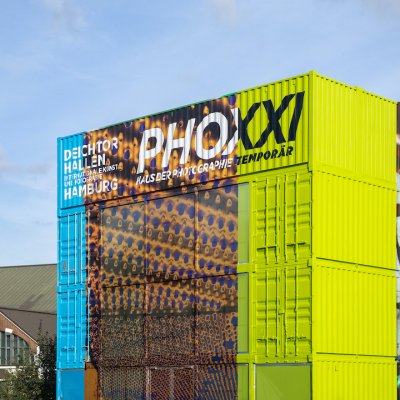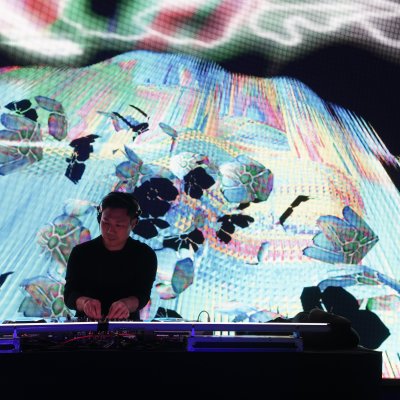BERLIN/NEW YORK · character design is nothing new. behind every cave painting, every hieroglyph, and every greek myth there is a glimmer of character design. character design is the process of defining a figure. it is the appearance, personality, and ethos of a figure. it is what brings a character to life.
despite the deep-rooted history, character design only recently became a field of study. with the boom of the internet came a new form of figurative design. born of pixels and vectors, character icons were on every website. spreading rapidly through cyberspace, these data featherweights made their way across the globe much faster than any photo-realistic image could.
the surge of colorful icons in cyberspace enriched a new digital culture. a culture so vivacious it attracted an animator frustrated by a lackluster industry, named Peter Thaler to begin researching the icons littered across the web. eventually he began organizing these icons as well, classifying them by motif, country of origin, style, and name of the designer.
from this labor of love came pictoplasma.com and in 1999 it was the first extensive collection and archive of contemporary character design. a collection so rich it led to the release of best-selling publications that introduced the digital movement to the real world.
in the midst of the momentum, Lars Denicke had the idea to move the movement into reality and in 2004 Pictoplasma became the first festival-slash-conference to celebrate contemporary character design and art.
Pictoplasma has grown since the first festival in Berlin, and now the festival is also in New York, with Pictoplasma exhibitions spanning the globe. all of these outlets, as Lars describes, provide an occasion to "step back, rethink things, and attempt to make the aesthetics and theory of character design accessible to a broader audience".
Pictoplasma exists to free character representation from the commercial and narrative context and focus on the creators behind the images. it gives the artists a space to openly investigate the relationship between images and reality, as well as create an immersive, hands-on, experience for the attendees.
Lars sees Pictoplasma as a "platform to comprehend the various disciplines that fall under the label of character design." considering the ubiquitous nature of character design, this encompasses everything from illustration and graphic design to fashion and motion graphics. this range of disciplines attracts a diverse audience with manifold of interests; the only similarity being a thirst for inspiration and an openness to embrace and explore the unknown.
as the character design movement progressed, street art also became more accessible with the introduction of figurative characters. figurative street art developed as a parallel movement to character design. for both movements, the internet served as a catalyst allowing artists to showcase their work and gain exposure. shortly there after, the figures broke out of the 2d as designer toys. the figures were suddenly tangible, fulfilling a longing for something touchable, yet still boldly graphic.
these toys were then translated into costumes. finally, the characters that had only existed behind a screen broke the fourth wall and were inhabiting the real, bodily world. since then, artists have taken a much stronger conceptual approach by creating installations and designing entire world systems and environments for their characters; comprehensive fantasy worlds that question our concepts of reality.
Pictoplasma has seen the development of character design from the very beginning and continue to facilitate its growth. currently, they are preparing projects that promote cross-discipline collaborations to merge character design with neurologists and robotics.
this year's theme is "white noise" and will examine how a figure can reach the viewer on an emotional level and how our society contextualizes this quality within the current inflation of endless imagery.
do artistically conceived characters add, amplify, or restructure the "ballooning flow of images" or could they serve as a facade? as Lars phrases, is it a "glitch within the white noise"? Pictoplasma will examine these questions and with the lineup of speakers they are sure to give us something to think about.
this five-day conference will feature over twenty exhibitions, screenings, performances and have a few sweet parties as well. PLATOON KUNSTHALLE Berlin will serve as a central point of the program as host this year's character lab, where attendees and speakers come together from spontaneous doodle sessions, workshops, and art performances.
















